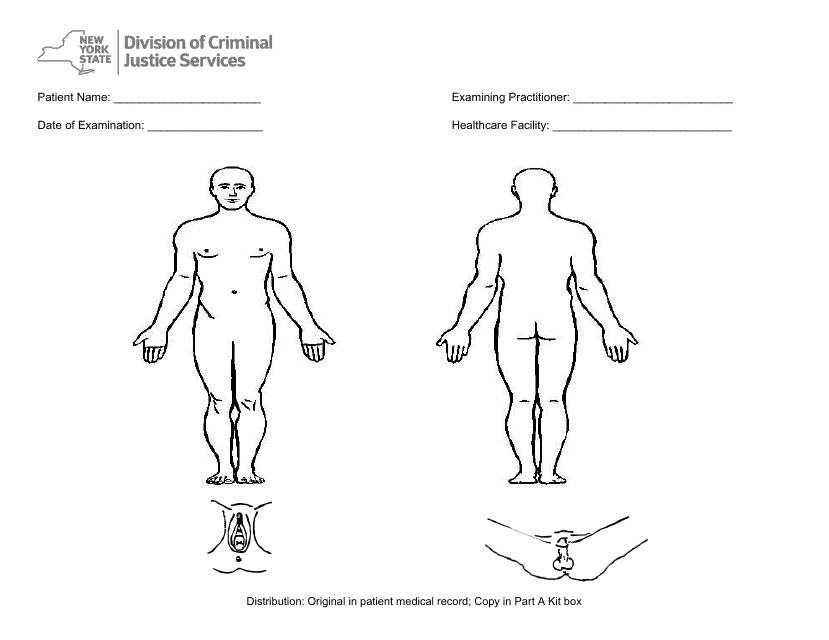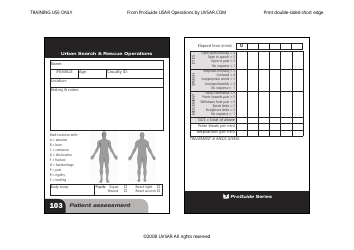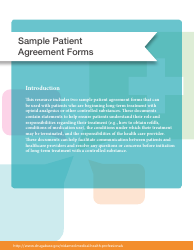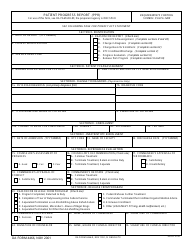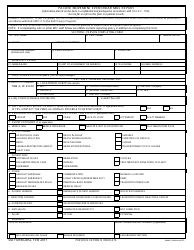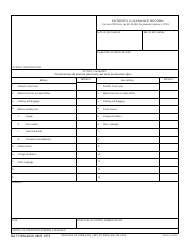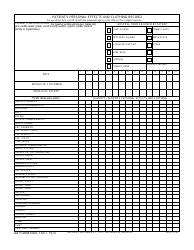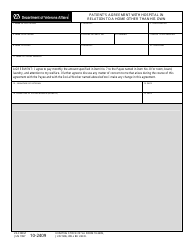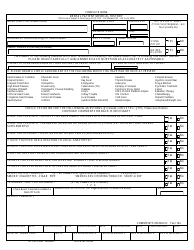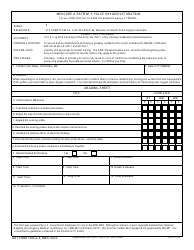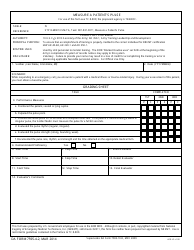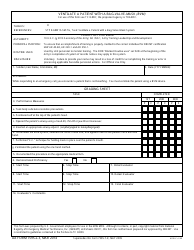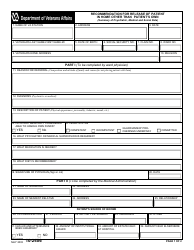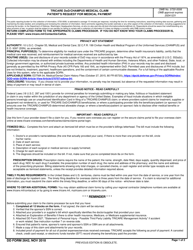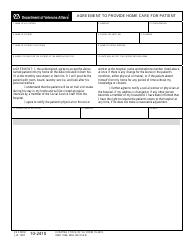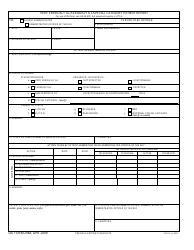Patient Diagram - New York
Patient Diagram is a legal document that was released by the New York State Division of Criminal Justice Services - a government authority operating within New York.
FAQ
Q: What is a patient diagram?
A: A patient diagram is a visual representation of a patient's condition, symptoms, and medical history.
Q: How is a patient diagram used?
A: A patient diagram is used by healthcare professionals to track and document a patient's health information.
Q: What information is included in a patient diagram?
A: A patient diagram typically includes information such as the patient's name, age, medical history, current medications, allergies, and any relevant diagnoses.
Q: Is a patient diagram confidential?
A: Yes, a patient diagram is considered confidential and is protected by patient privacy laws.
Q: Who has access to a patient's diagram?
A: Only healthcare professionals involved in the patient's care have access to the patient's diagram.
Q: Can a patient request a copy of their diagram?
A: Yes, patients have the right to request a copy of their patient diagram from their healthcare provider.
Q: Why is a patient diagram important?
A: A patient diagram is important for healthcare providers to have a comprehensive view of a patient's health, which can aid in diagnosis and treatment decision-making.
Q: Can a patient diagram be shared with other healthcare providers?
A: Yes, a patient diagram can be shared with other healthcare providers involved in the patient's care to ensure continuity of treatment.
Form Details:
- The latest edition currently provided by the New York State Division of Criminal Justice Services;
- Ready to use and print;
- Easy to customize;
- Compatible with most PDF-viewing applications;
- Fill out the form in our online filing application.
Download a printable version of the form by clicking the link below or browse more documents and templates provided by the New York State Division of Criminal Justice Services.
